Page to screen: “A Good Girl’s Guide to Murder”
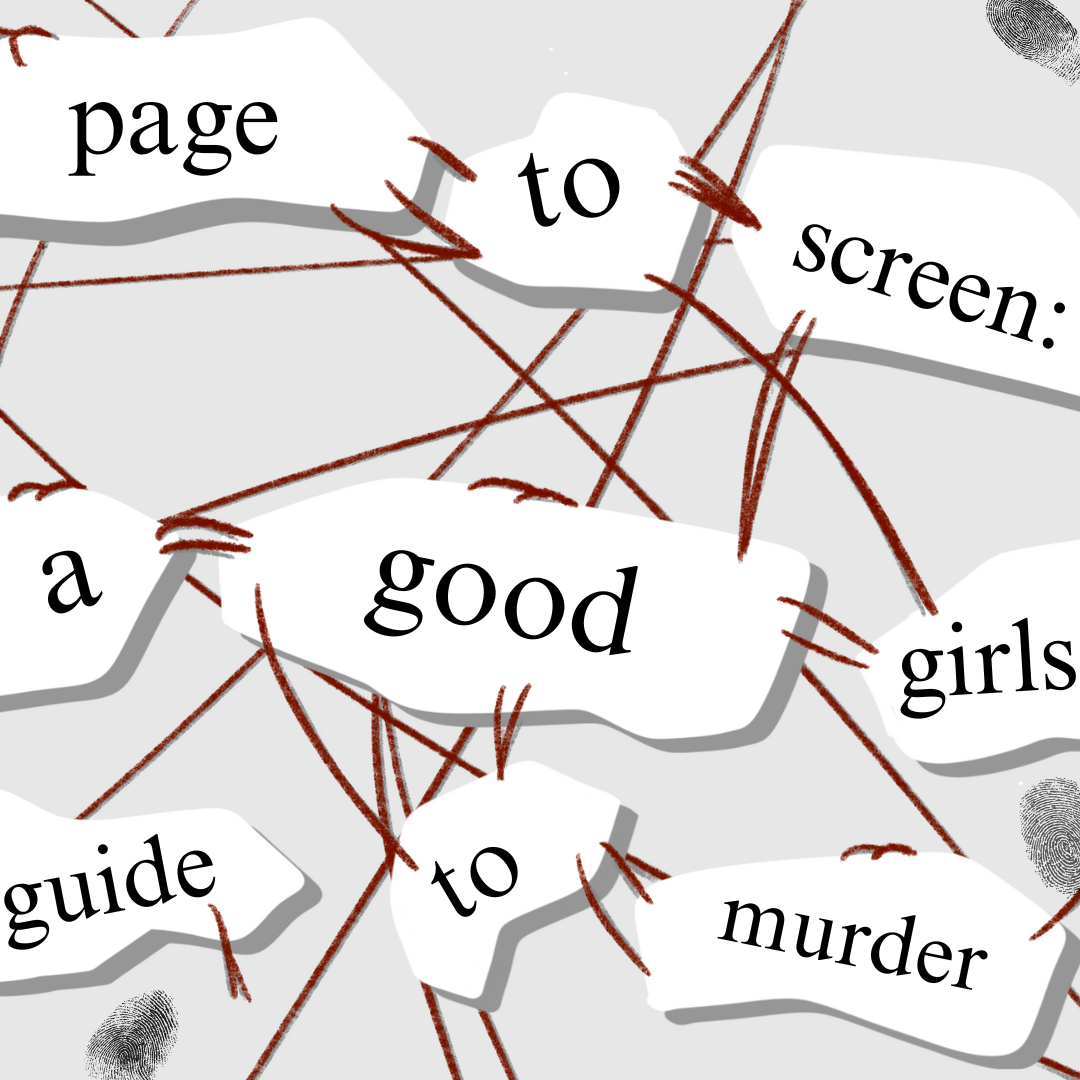

Disclaimer: The following reviews contain spoilers of the “A Good Girls Guide to Murder” novel and TV show adaptation. Trigger warnings can be found here.
I’ve always loved mysteries. As a kid, I pored over “The Boxcar Children,” “A to Z Mysteries” and “Nancy Drew,” always trying to solve the puzzles before the characters in the book could. The ending to “A Good Girl’s Guide to Murder,” though, I never saw coming.
“A Good Girl’s Guide to Murder” is a young adult mystery novel about a teenage girl named Pippa “Pip” Fitz-Amobi who is trying to clear the name of Sal Singh, a boy believed to have killed his girlfriend, Andie Bell, five years before. To uncover the truth, she’ll have to dig through the past and risk putting herself in danger.
The book, which West Side Story reviewed this spring, was recently adapted into a six-episode series on Netflix, and I could not have been more excited to watch it. Elizabeth Young ’25 and I took two evenings to binge every episode, and we both had many thoughts.
Something that threw me for a loop watching the series was the setting. AGGGTM has had a U.K. release and a U.S. release, with a few things changing across the two, one of the main things being where the story takes place. In the U.S. release, the copy that I read, the story takes place in Fairview, Connecticut, but in the U.K. release, it takes place in Little Kilton, Buckinghamshire.
Between the two releases, some language and items change as well, and many fans online seem to agree that the U.K. release reads much better, as it is the original. Coming from the U.S. release of the book, it surprised me to hear about Jammie Dodgers and the different U.K. universities, such as Cambridge, Pip wanted to get into.
One of the details that intrigued me about the show was the role of a character that was barely mentioned in the book: Jesse Walker. When they first came on screen, I was a little confused about who they were. They first appear in episode three, getting Pip out of a situation where a boy touches her inappropriately without her consent. Jesse also provides crucial plot information in episode six, sharing that Becca Bell, Andie Bell’s younger sister, was raped at a Calamity party years back after they save Pip from Jason Bell, Andie Bell’s father, from hunting her down in the scrapyard.
Those are two excellent points for Jesse in my book. The use of this character was interesting to me, as Pip found out the information from Jesse otherwise in the book. In my personal opinion, I believe Jesse will have a lot more to do in the coming seasons, and I wouldn’t be surprised if they came to Pip’s rescue once again.
A piece of both the book and the show that hits me in the feels every single time- I may have shed a tear watching during it- is the death of Pip’s beloved dog, Barney, and the show came through with these scenes. The show poignantly captures the panic Pip feels when she originally thinks someone is coming for her brother, the camera cutting around his party and the sound becoming muffled, and then the fear when she realizes that Barney is the one in trouble.
The most devastating part is when she comes home to see the body of Barney limp on the grass, her mom and brother gathered near it, and the neighbors outside their houses, heads in their hands. It shows that she is messing with dangerous people and properly adds more stakes to the plot, showing that it’s not a game anymore. Being able to see the expressions of her and her family is tragic. Also, the image of Barney’s glassy eyes just looking up? Tears.
One of the show’s strengths truly is being able to show visuals, as it creates more emotion for the viewer. The soundtrack of the show adds even more depth. I greatly enjoyed the music choices in the show and felt that they added to the scenes.
Staying on the topic of emotion, let’s talk about Andie Bell. While watching the show, I felt a lot more empathy for her and honestly felt like I understood her more than in the book. To be fair, I approached the show with additional knowledge about her and her past gleaned from the final two books in the trilogy, but I think one thing the show accomplished well was humanizing her. One of the scenes that carries this humanization is a flashback shown multiple times throughout the show.
During the scene, a younger Pip sees Andie walking quickly down the hall, mascara running. As Andie turns the corner, she locks eyes with Pip and raises a finger to her lips in a ‘shush’ gesture. A few seconds later, Sal approaches, looking panicked, and greets Pip in passing before turning and asking if she has seen Andie because he needs to talk to her about something.
As the season progresses, we see more and more of the scene and learn that Pip directed Sal to Andie, leading to her feeling guilty about Sal’s death. The scene has no counterpart in the book, but I felt it was an excellent addition to the show, especially when it was finally shown what happened between Andie and Sal once he found her at the end. It provided a satisfying ending to a show that, overall, I feel was worth the watch.
From the music to the visuals of the show, emotion took center stage. Overall, AGGGTM is a well-thought-out adaptation of a stellar novel. The show does an excellent job of expanding on the story in some ways and remaining familiar in others. Even if you haven’t read the book, you will absolutely enjoy watching “A Good Girl’s Guide to Murder.”

Book-to-screen adaptations may be some of my favorite things to watch. It started when I was little, watching The Secret Garden and A Little Princess. They aren’t just a single source of entertainment: there are two to explore, oftentimes different from each other—poor Sara Crewe, who, depending on the source, was an orphan or simply lost. So when I learned the BBC was producing an adaptation of one of my favorite book series, “A Good Girl’s Guide to Murder,” I knew I would have to watch it.
For any fans of true crime, I recommend watching and reading “A Good Girl’s Guide to Murder” by Holly Jackson. It isn’t a simple whodunit; AGGGTM focuses on how a murder and an accusation of guilt can change a town and the people closest to the victims. Be warned that AGGGTM isn’t for the weak; it focuses on sibling relationships, murder, suicide, drug usage and predatory relationships.
About a week after AGGGTM was released on Netflix, I arranged a watch party and Vera Tanas ’25 and I binged all 270 minutes of AGGGTM over only two nights. It wasn’t the perfect replica; no adaptation ever is, and because it was on-screen, there was no way to replicate the reports that make the book unique. Throughout the book, Pippa Fitz-Amobi, the titular “Good Girl,” records her thoughts and progress on the case on a single page. This is hard to accomplish on screen.
Likewise, much of Pip’s evidence comes from sleuthing online, so instead of being able to read alongside and figure it out with her in the book, we have to watch to read the evidence (Hello, unrealistic texts on TV) and watch her process them and then flash forward to see her explain to one of her friends the significance of said evidence.
Speaking of her friends, however, the TV show did a wonderful job fleshing them out. In a long novel such as AGGGTM that focuses primarily on evidence, Pip’s friends often feel like an afterthought; in the books, some of them are essential characters while others barely appear in any scenes. But in the show, Pip’s relationships are fleshed out.
Instead of half of the friend group being missing at the beginning of the book, they are included in the first episode. Overall, a deeper inclusion of the Ward family and friendships helps AGGGTM become more relatable to its audience. Many people can relate to complex relations between friends, even if they can’t relate to knowing an alleged murderer.
Unfortunately, AGGGTM suffers from what I assume is a small budget, based on comments from the author, Holly Jackson. Editing errors made the show feel unpolished. I believe that if AGGGTM gets a second season, in which they would cover Good Girl, Bad Blood, the second book of the book series, they would have a bigger budget to film more complex scenes and ensure continuity. Because it is only a TV show, many details are glossed over, with some of the serious suspects in the book becoming throwaway side characters.
But I might have a different perspective than most, as I read the U.K. version of AGGGTM, not the U.S. version. You may wonder why that matters, but frequently, when a book is published in the U.S. after originally being published in another country, it is edited.
In some cases, this is only the title and grammar, but for AGGGTM, changes extend all the way to the setting of the book. The show and U.K. version of the book take place in England, but the U.S. version takes place in Connecticut. The U.K. version is even reported to be longer. As someone who mainly reads books set in the US, I only realized it was set in the U.K. when there is a mention of Pip having a hot water bottle. I am happy to say that the creators based the TV show on the U.K. version of AGGGTM.
Thanks to its talented cast and discussion of heavy topics, AGGGTM is a show for everyone. While older watchers will appreciate the twists and turns in the murder case, younger viewers will appreciate the complex dynamics (such as blended families) that are rarely seen on screen. Whether you like true crime, romance, suspense or anything in between, you will enjoy Netflix’s “A Good Girl’s Guide to Murder.”
Your donation will support the student journalists of West High School. Your contribution will allow us to purchase Scholarship Yearbooks, newsroom equipment and cover our annual website hosting costs.
-
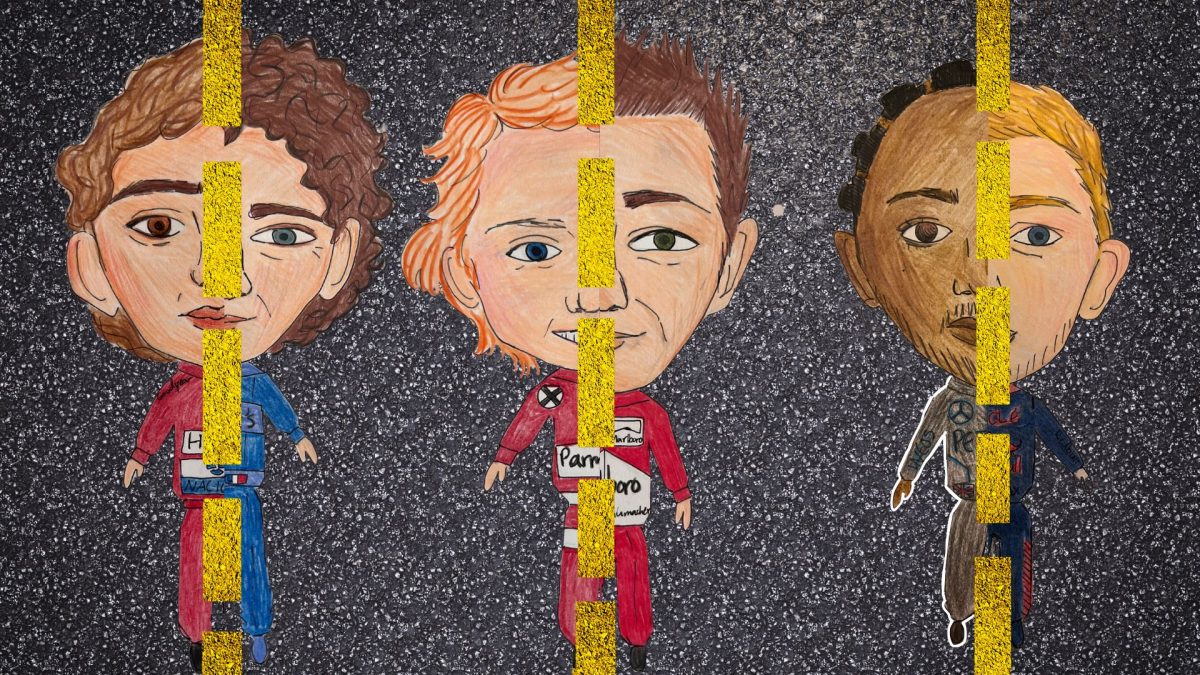 OpinionThe icons of Formula 1
OpinionThe icons of Formula 1 -
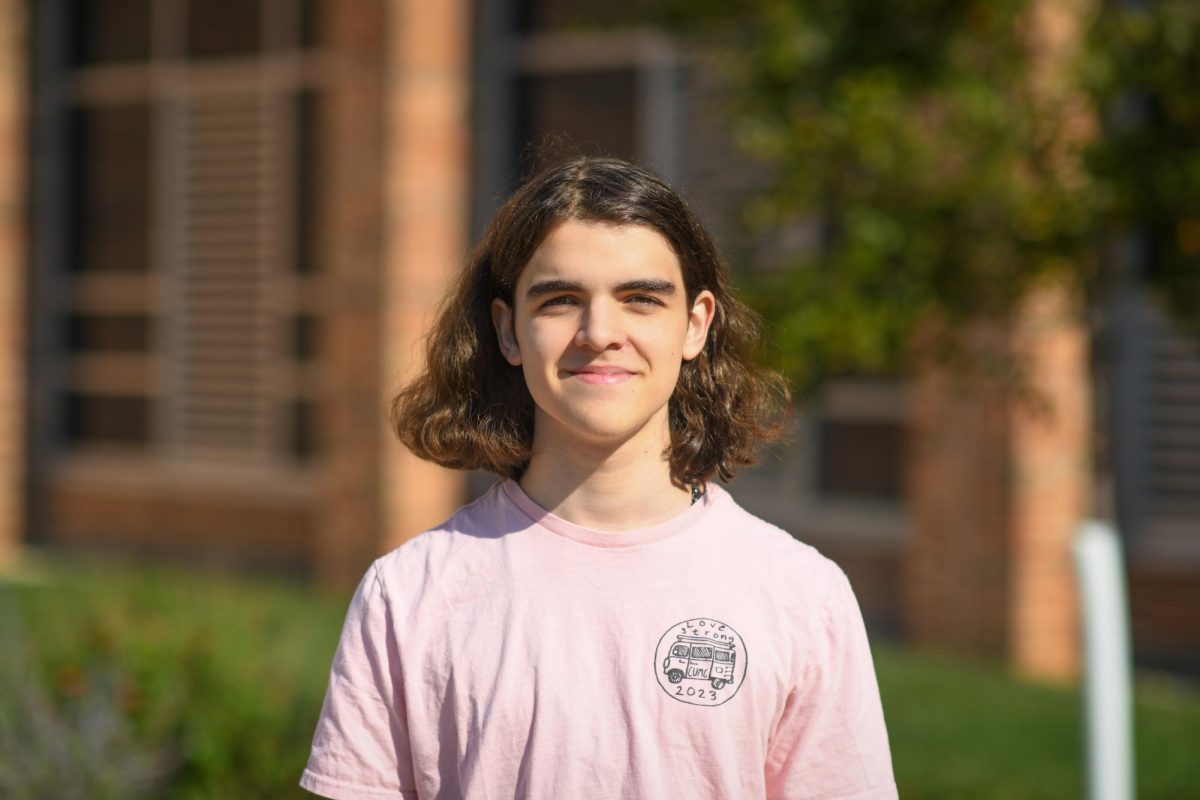 OpinionAre reels real?
OpinionAre reels real? -
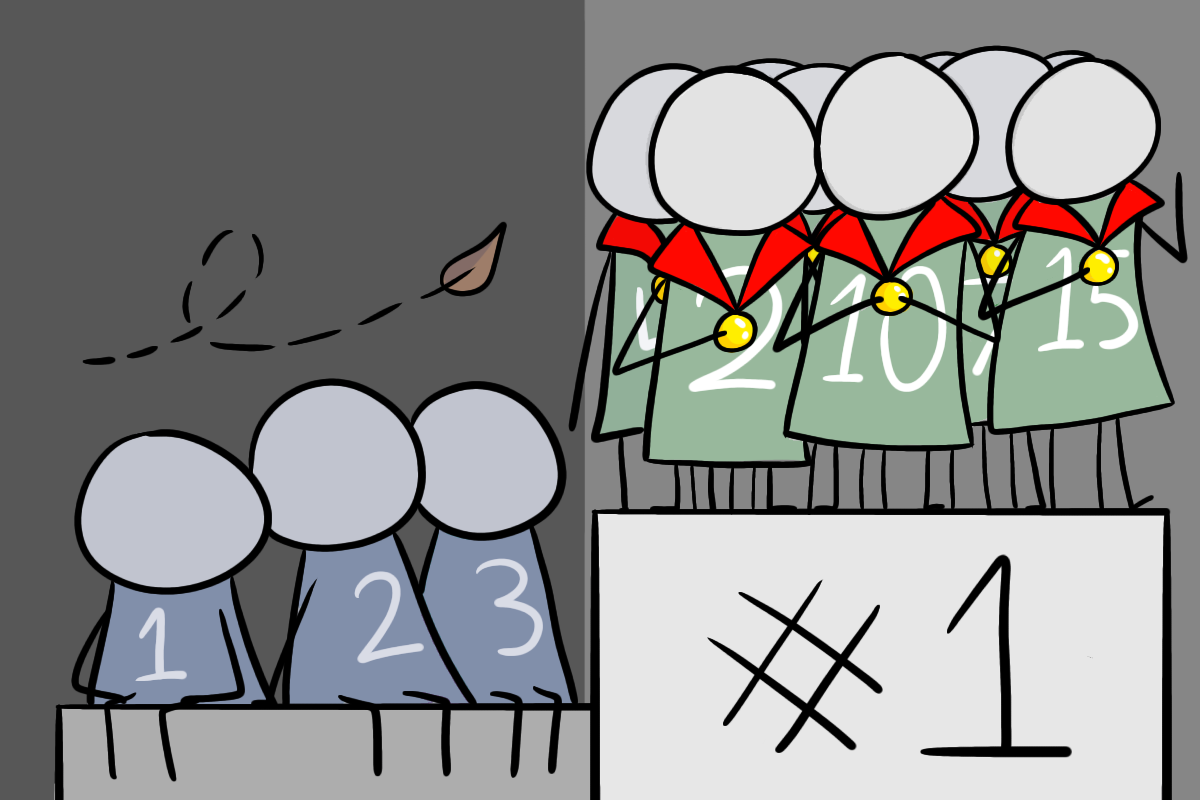 OpinionClass divided
OpinionClass divided -
 OpinionPublic lands in peril
OpinionPublic lands in peril -
 OpinionBrain nourishment
OpinionBrain nourishment -
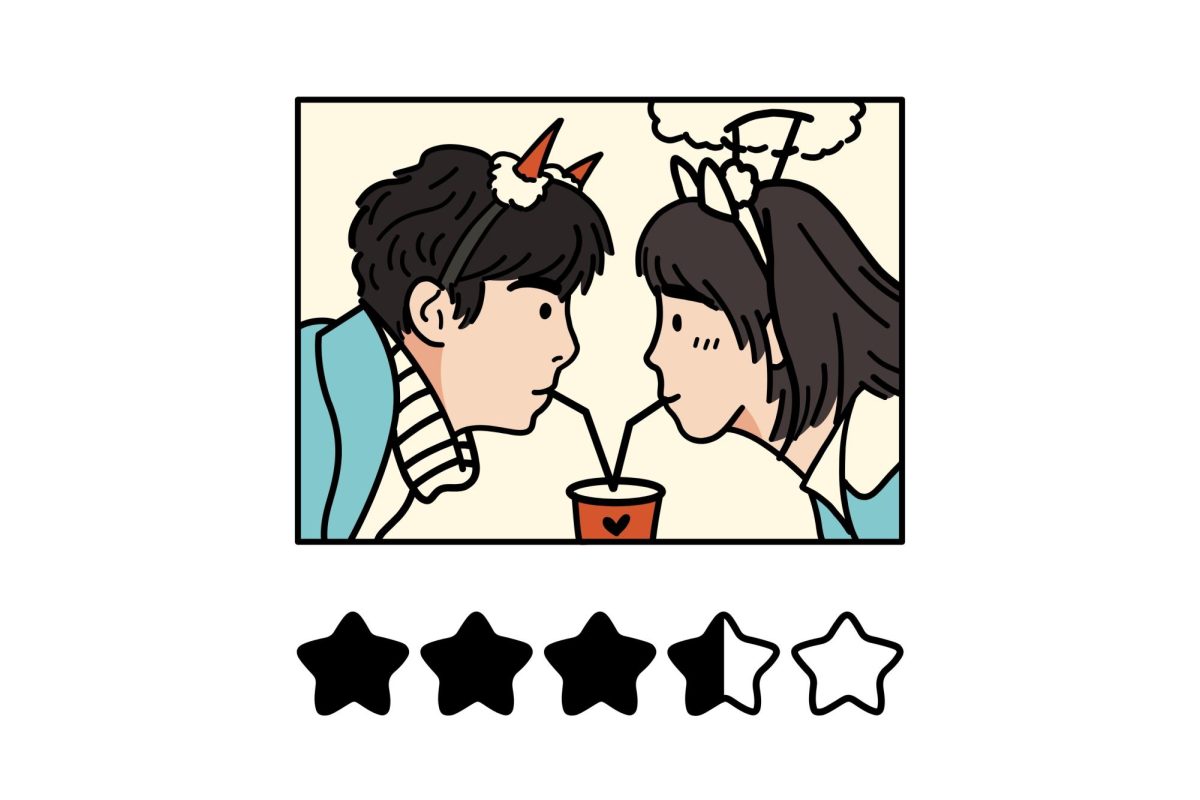 OpinionC (these) dramas
OpinionC (these) dramas -
 OpinionEditorial: Food for thought
OpinionEditorial: Food for thought -
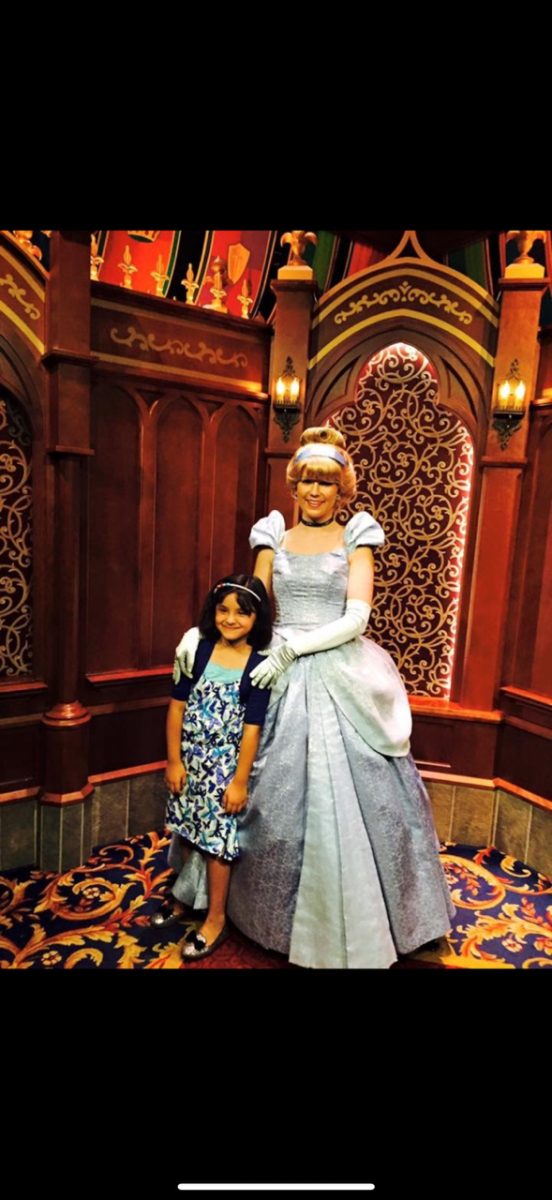 OpinionRenaissance to ruin
OpinionRenaissance to ruin -
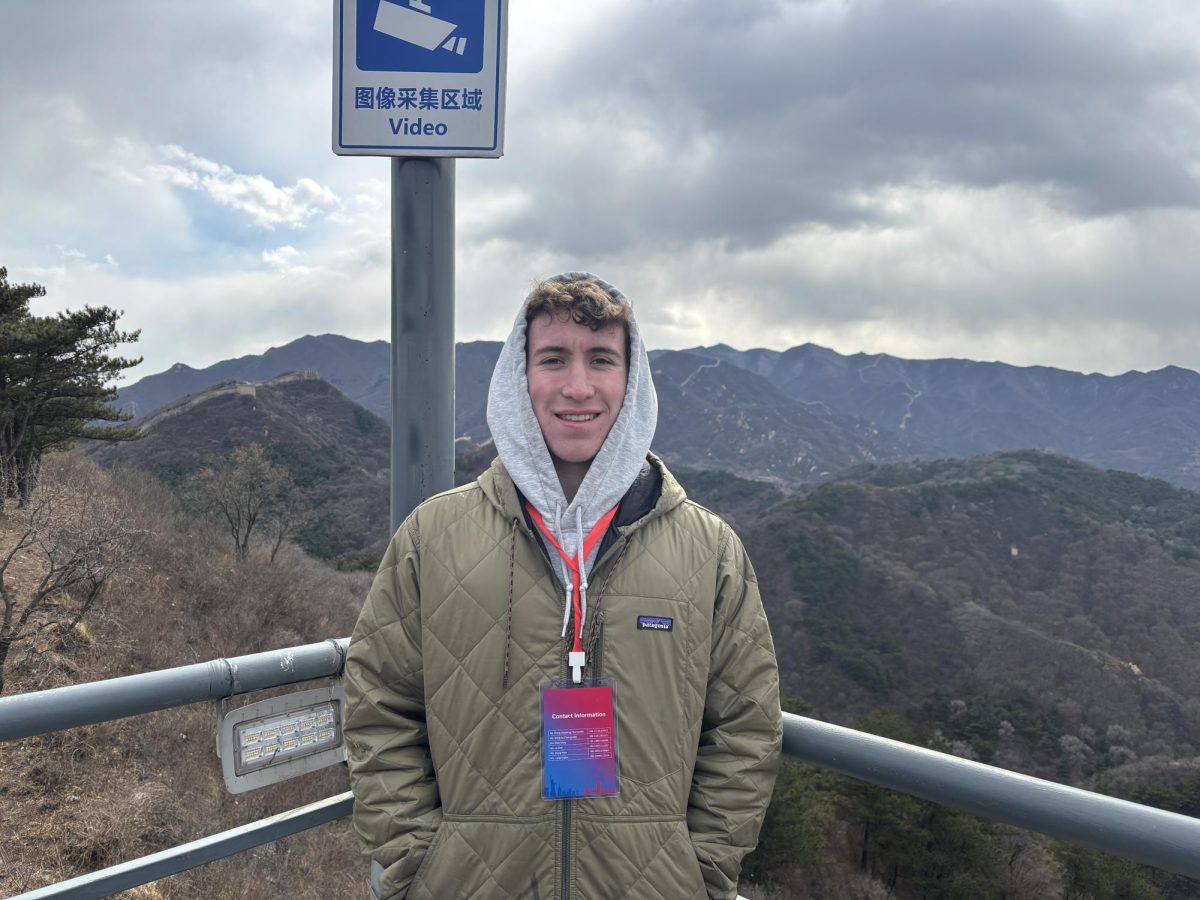 OpinionMy nine days in China
OpinionMy nine days in China -
 OpinionGenerating student preparedness
OpinionGenerating student preparedness -
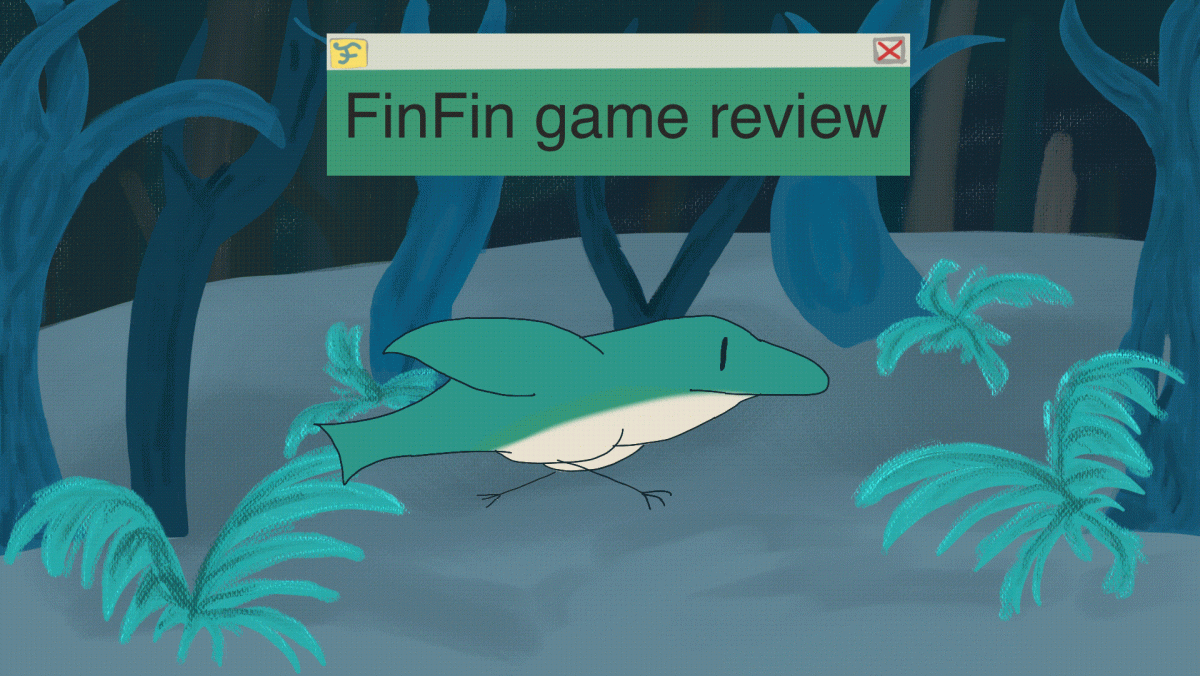 Reviews"Fin Fin on Teo the Magic Planet:" a review
Reviews"Fin Fin on Teo the Magic Planet:" a review -
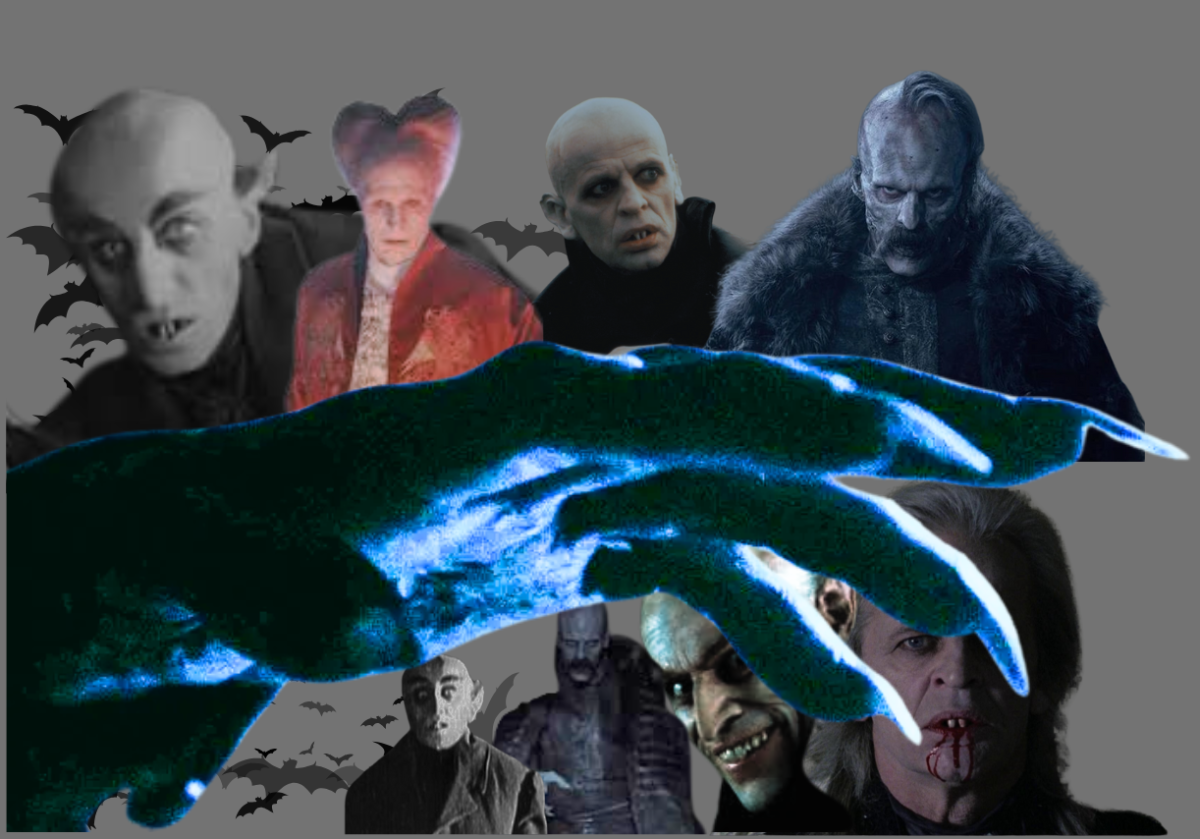 ReviewsA bloody obsession: a "Nosferatu" (2024) review
ReviewsA bloody obsession: a "Nosferatu" (2024) review -
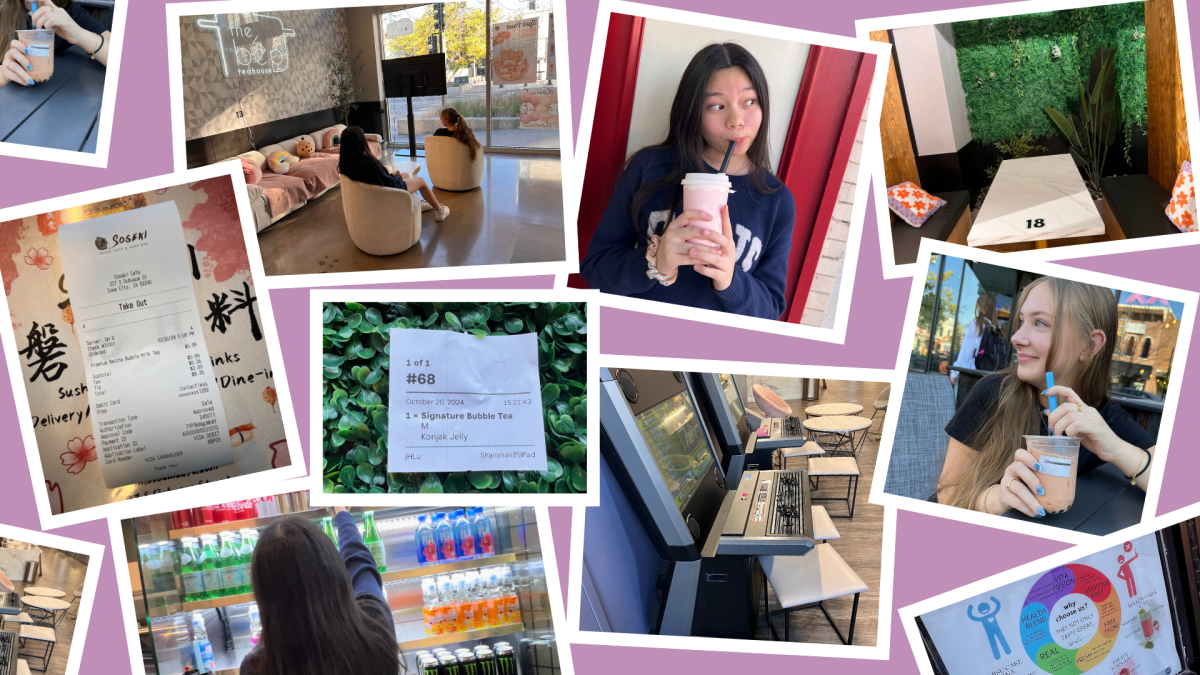 ReviewsBoba, bubbles and bliss
ReviewsBoba, bubbles and bliss -
 ReviewsPage to screen: "Heartstopper"
ReviewsPage to screen: "Heartstopper" -
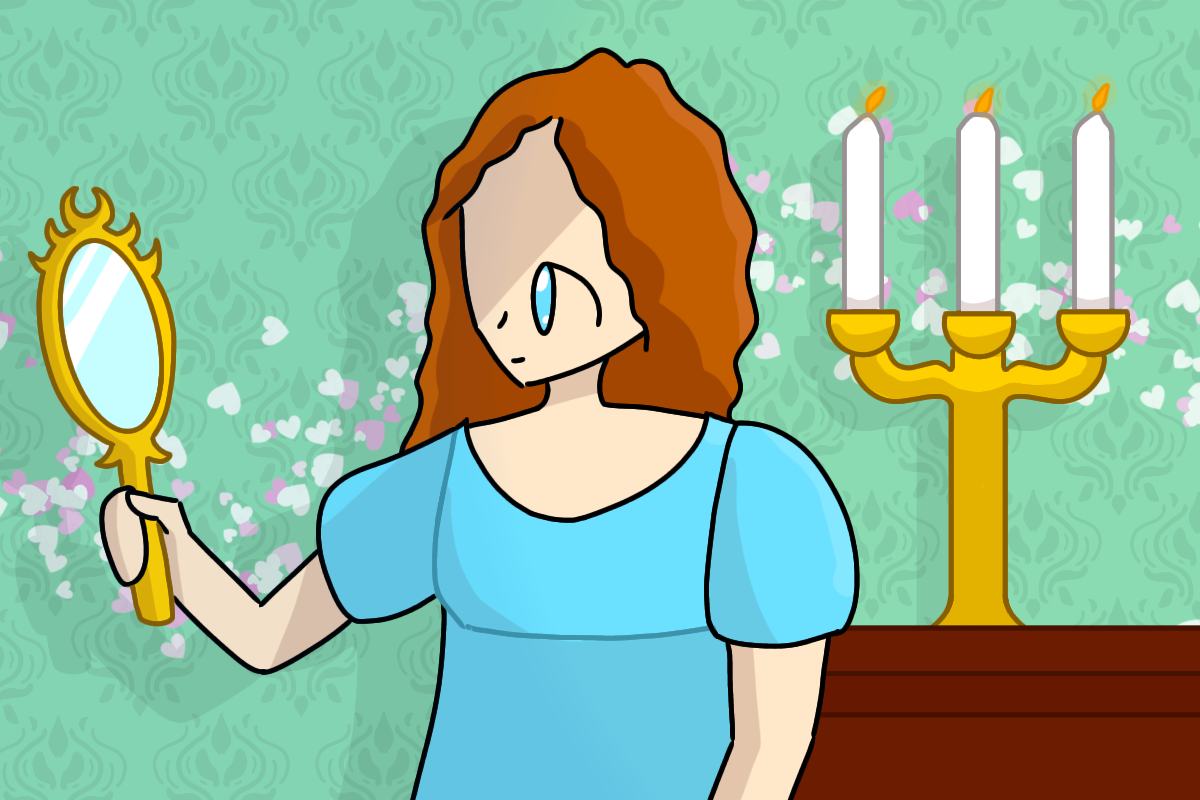 ReviewsPolin in the air: "Bridgerton" season three, part one review
ReviewsPolin in the air: "Bridgerton" season three, part one review -
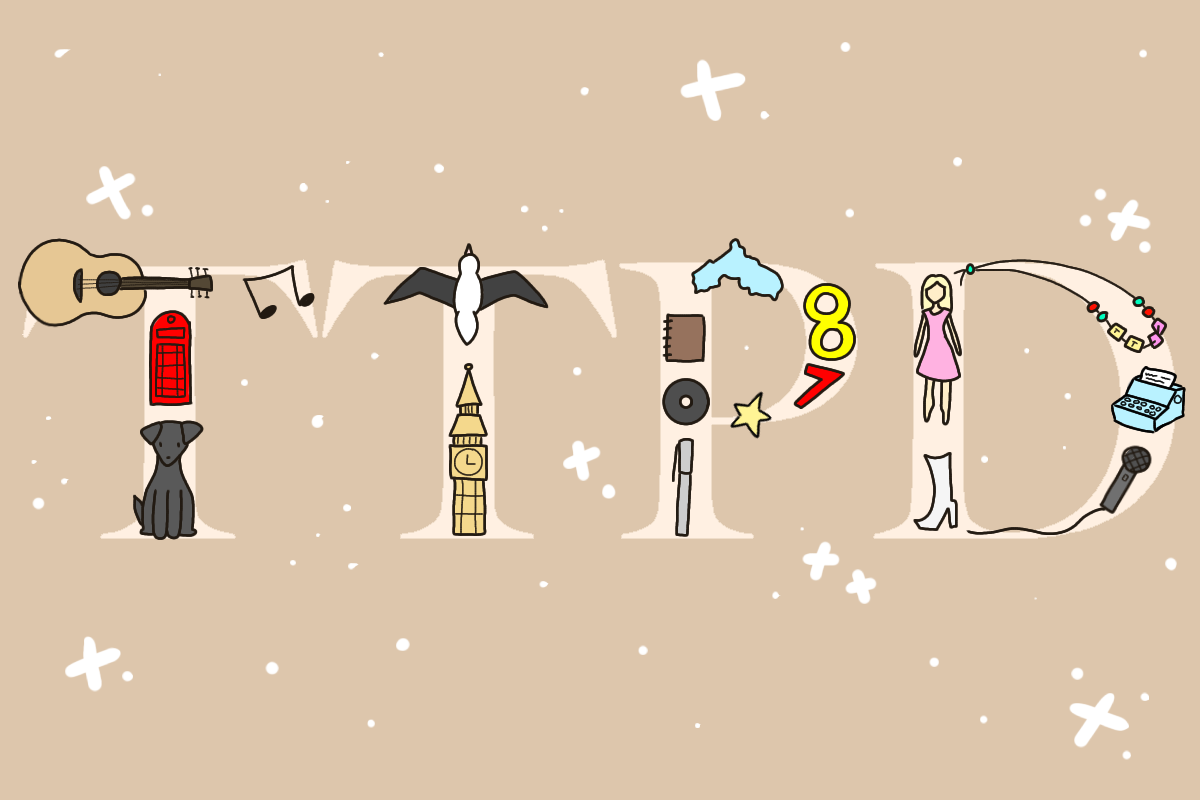 ReviewsAre WSS staffers down bad for “The Tortured Poets Department?”
ReviewsAre WSS staffers down bad for “The Tortured Poets Department?” -
 ReviewsDownfall of the franchise: five series that fell off
ReviewsDownfall of the franchise: five series that fell off -
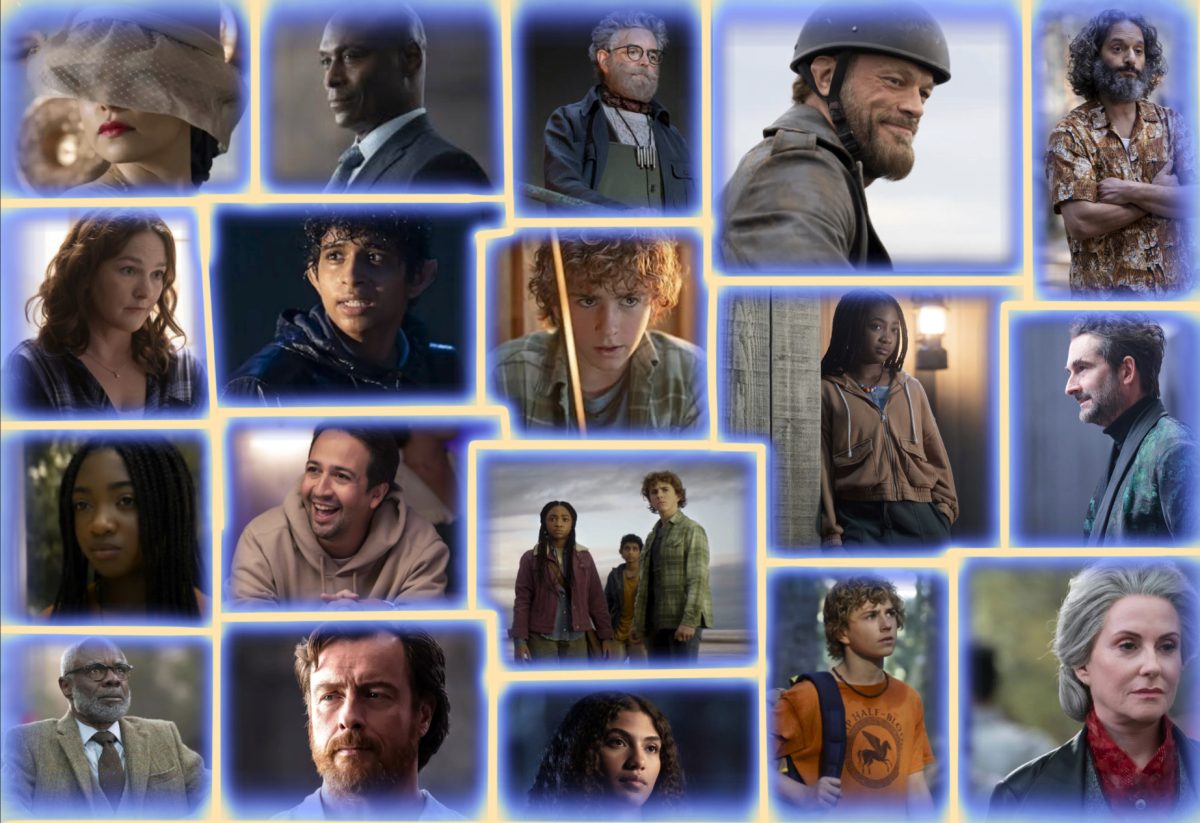 Reviews"Percy Jackson and the Lightning Thief" live-action review
Reviews"Percy Jackson and the Lightning Thief" live-action review -
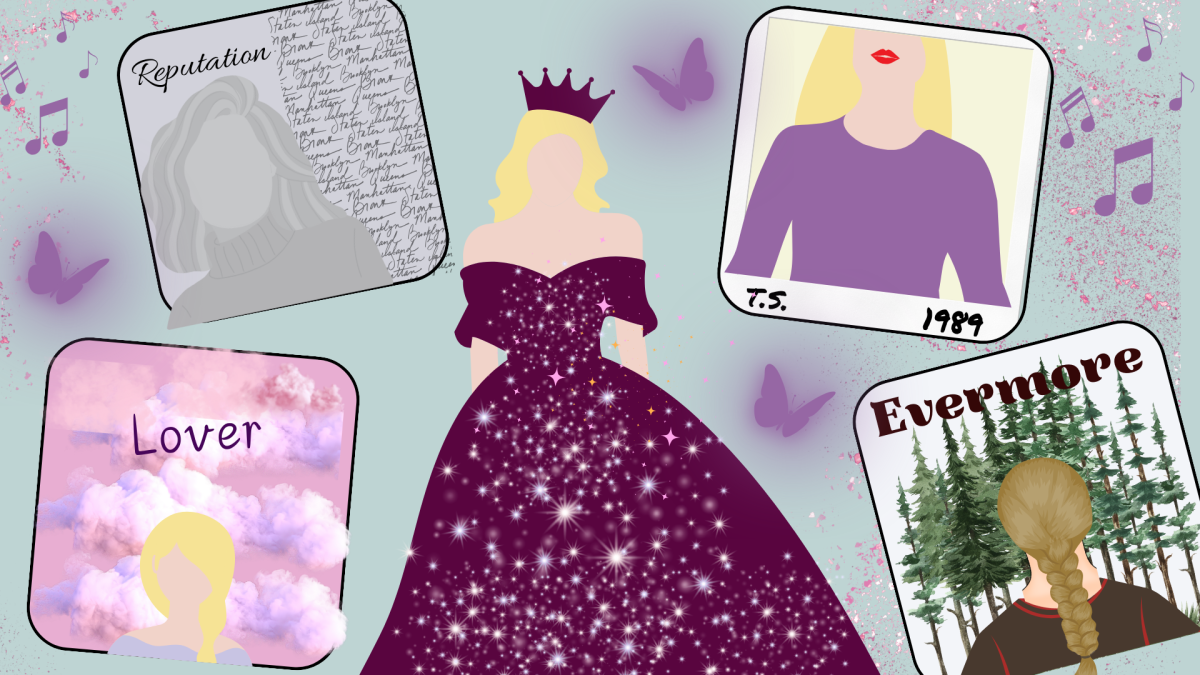 ReviewsListening to every Taylor Swift album for the first time ... ready for it?
ReviewsListening to every Taylor Swift album for the first time ... ready for it? -
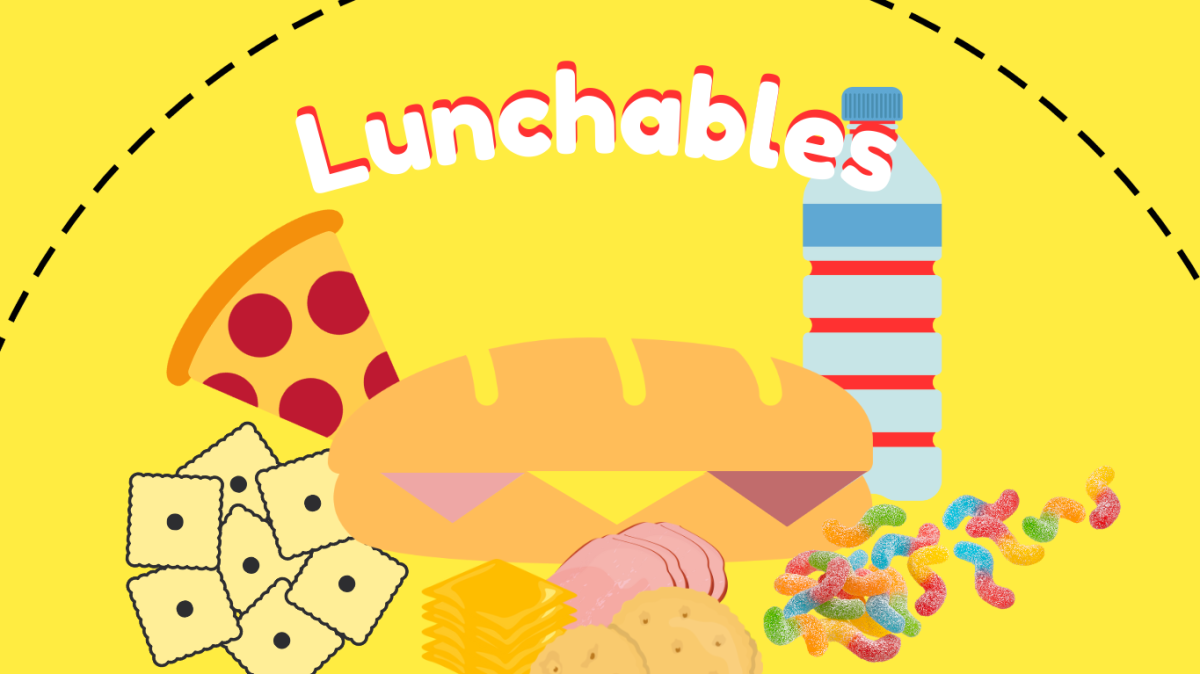 ReviewsRanking Lunchable meals
ReviewsRanking Lunchable meals -
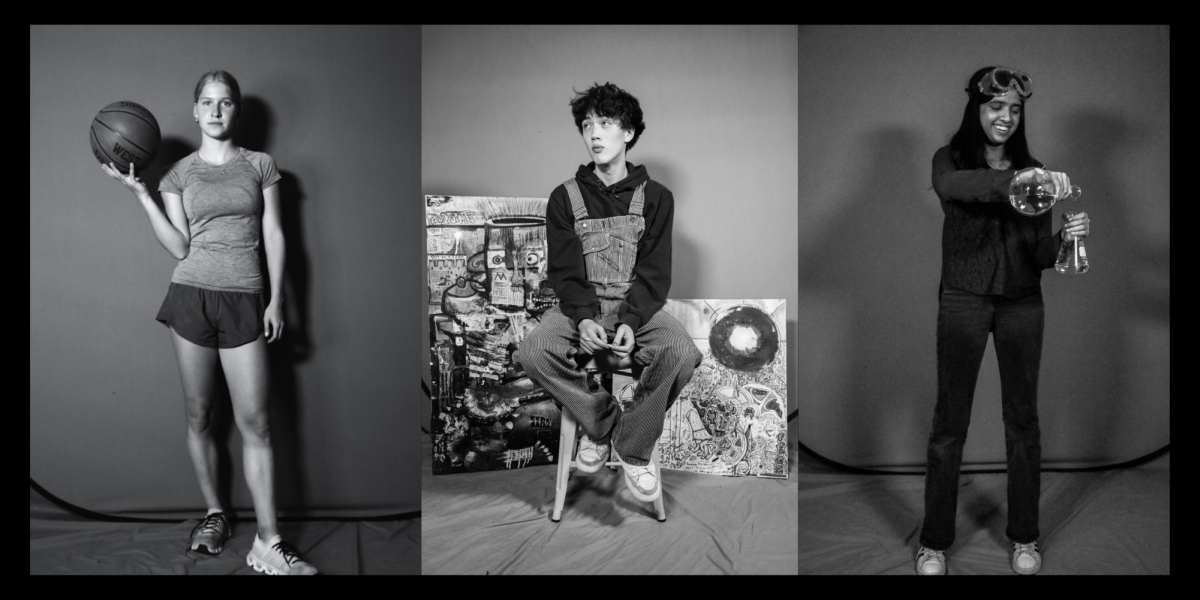 ShowcaseWSS 2025 People of the Year
ShowcaseWSS 2025 People of the Year -
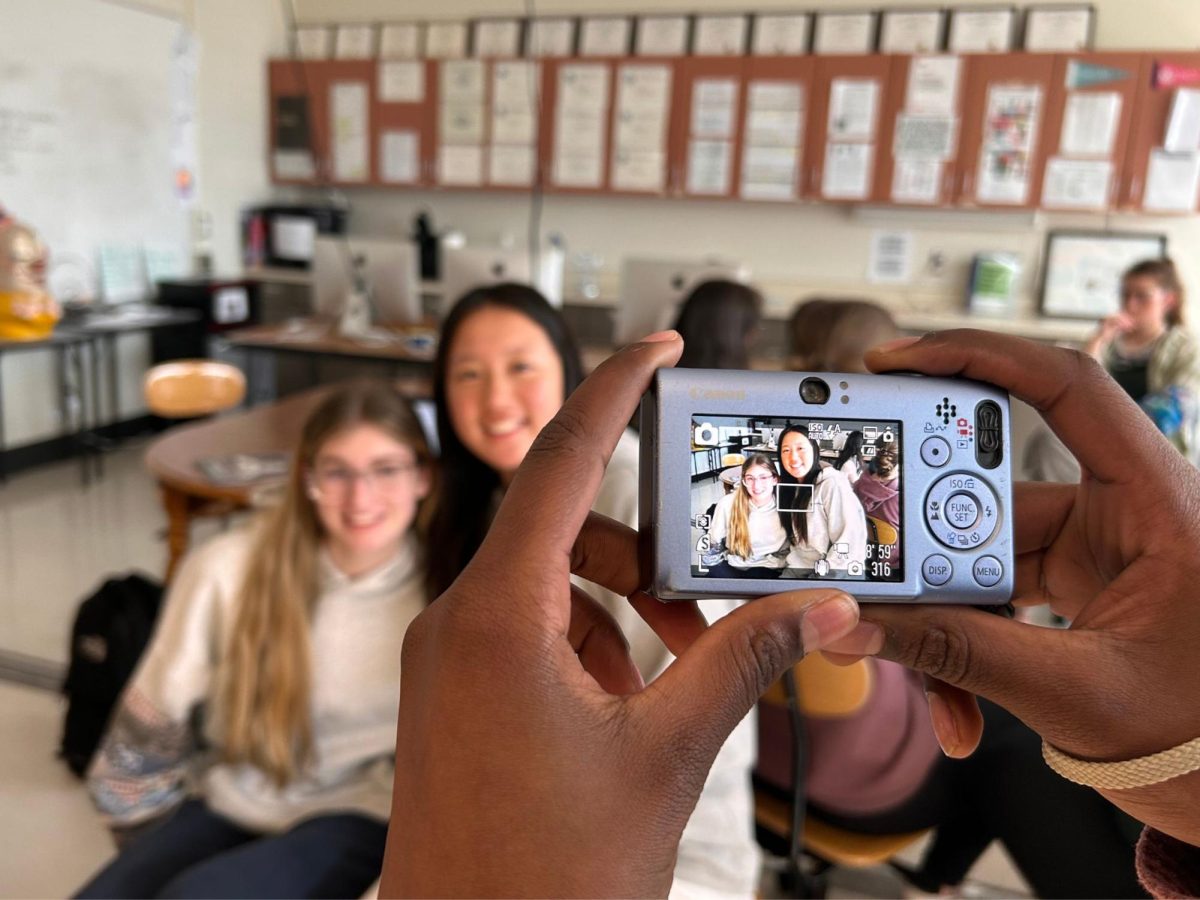 ShowcaseGone digital: the return of digital cameras
ShowcaseGone digital: the return of digital cameras -
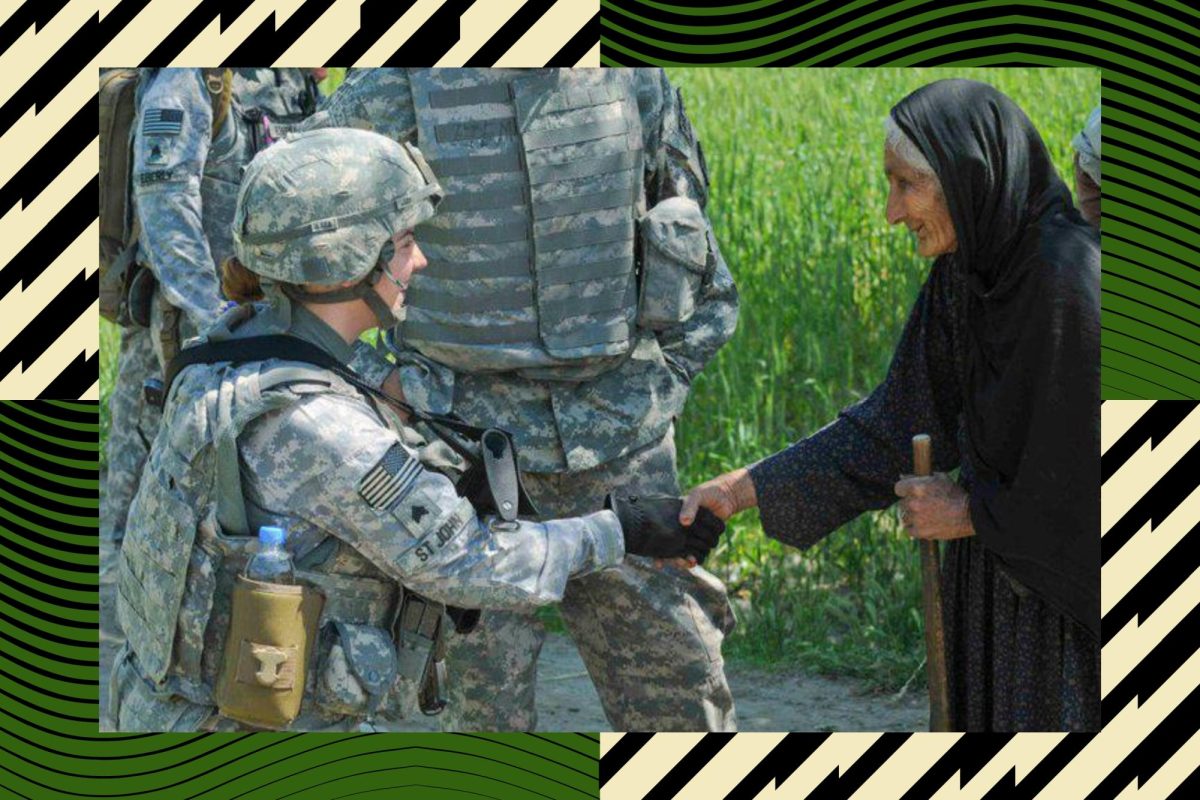 ShowcaseService and sacrifice
ShowcaseService and sacrifice -
 ShowcaseTop five sports moments of 2024-25
ShowcaseTop five sports moments of 2024-25 -
 ShowcaseDriven, dangerous and distracted
ShowcaseDriven, dangerous and distracted -
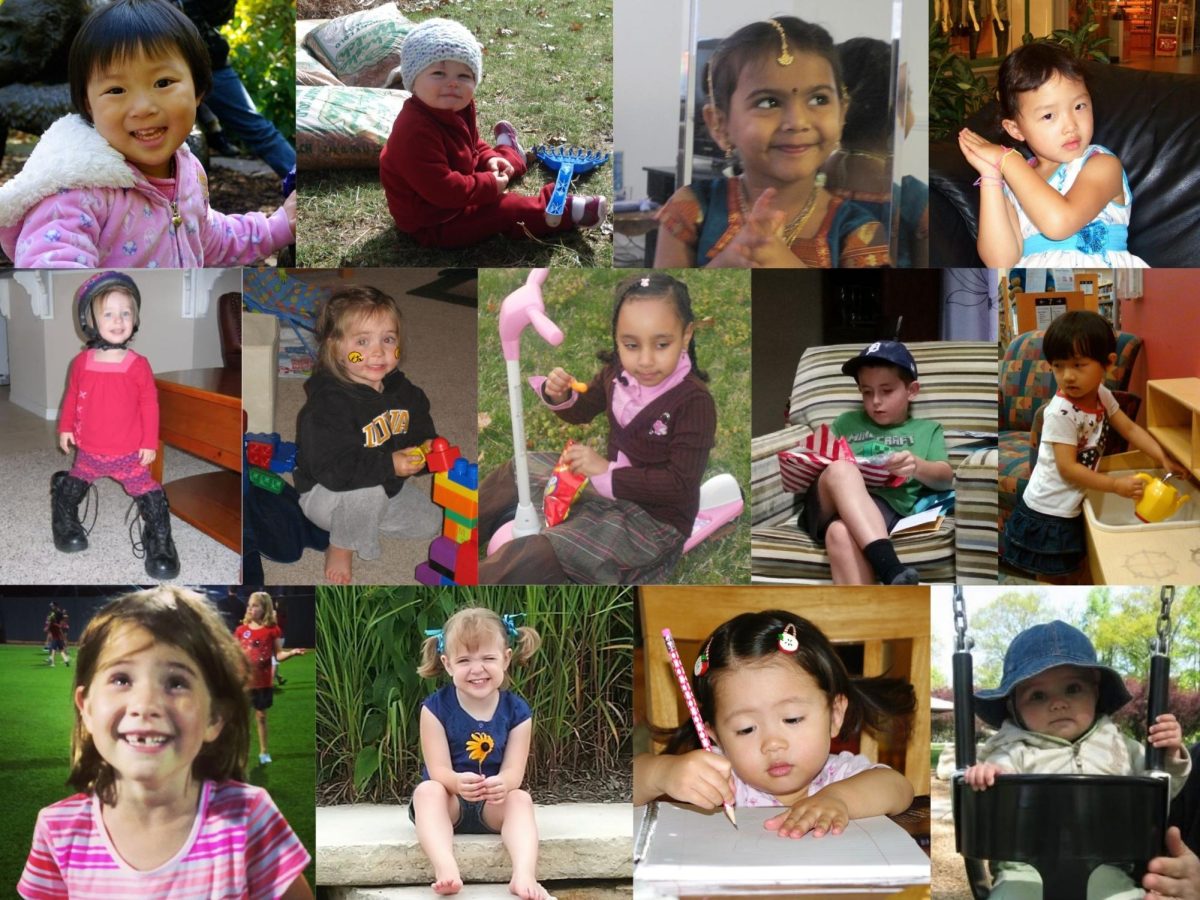 ShowcaseClass of 2025 senior columns
ShowcaseClass of 2025 senior columns -
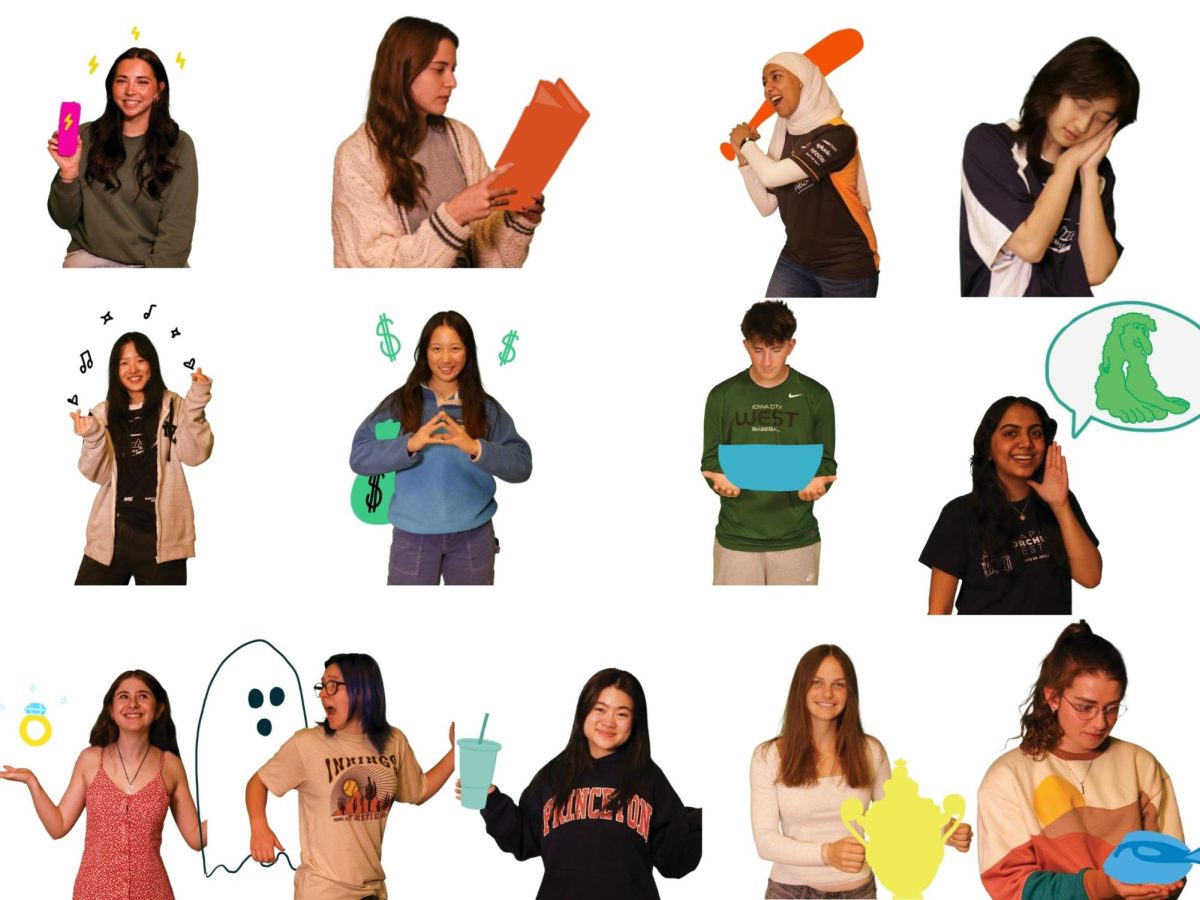 ShowcaseWSS senior staff superlatives
ShowcaseWSS senior staff superlatives -
ShowcaseA year to remember: 2024-2025 in focus
-
 Showcase2025 Faculty Farewell
Showcase2025 Faculty Farewell -
 ShowcaseTraci Burns: a story of resilience
ShowcaseTraci Burns: a story of resilience

